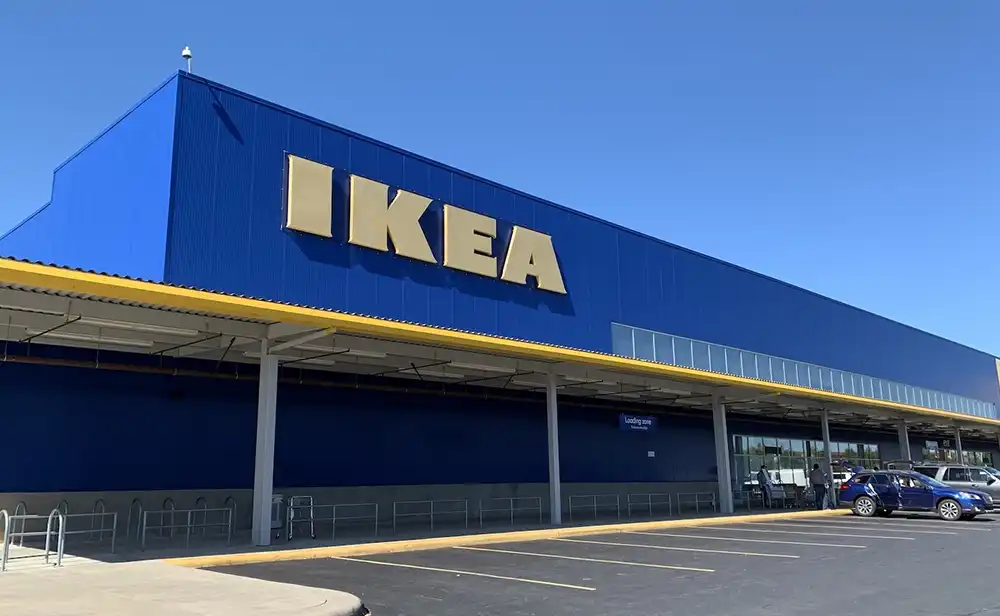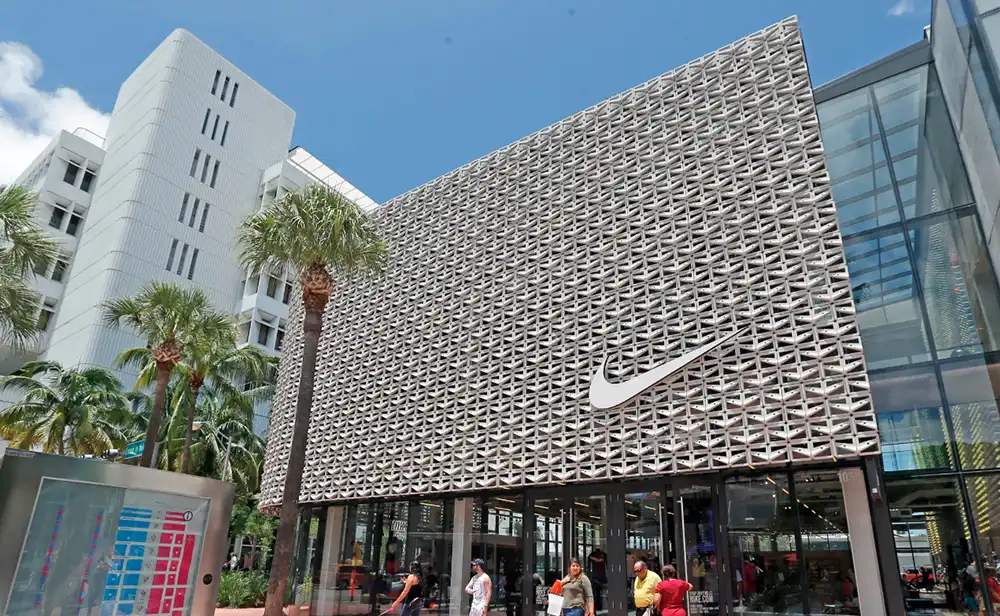Experiential retail: The next big thing in retail

The rise of Experiential Retail
Retailers are attempting to make their customers’ visits memorable by utilizing experiential retail. With the aid of this technology, they can interact and engage with customers in a more immersive way. Additionally, it aids retailers in influencing a customer’s purchasing habits. Customers can use this to communicate directly with the brand and provide feedback.
Technology has fundamentally altered how we shop. If you need something, all you need to do is use your smartphone to order it, and it will be delivered the next day to your home. It has become crucial for brands to stand out from their rivals in terms of appearance. You can do that by engaging people completely. Your brand loyalty will grow as a result, and it will eventually make you stand out in the marketplace.
What is Experiential retail?
The marketing technique known as experiential retail involves providing customers with experiences rather than just browsing and purchasing goods. To create unique in-store experiences that encourage brand loyalty, experiential retail stores make use of facilities like cutting-edge technology, exclusive in-store services or events, and knowledgeable employees.
How is it different from Traditional retail?
Experience retail fosters communities
Websites and smartphone apps can’t bring people together the same way that physical venues do. That’s one of your greatest advantages as a physical business. Make use of it to your benefit.
Consider how you may help communities by using your shop. Can you host events or classes? Exist any areas or features in the area that can inspire gatherings of people?
A new strategy and even a new word have emerged in experiential retail: “retailtainment.”
As the name implies, the goal of “retailtainment” is to combine entertainment and retail to improve the shopping experience. Retail entertainment frequently uses shows or other attractions to draw customers in.
What sort of retail entertainment ought you provide? That is relied upon your business and clients. In some instances, bringing in celebrities or business leaders could be effective.
Experiential retail employs in-store activities and services
In-store events have grown to be a significant component of the experiential retail trend since physical venues are fantastic for connection, dialogue, and idea sharing. The best place to demonstrate what your brand stands for is in your retail location.
The finest events, such as author talks held by bookshops or signature signings by professional athletes for sports brands, are actually those that are connected to the brand’s character. Instead of feeling like an evident and artificial attempt to establish a relationship, they feel like an authentic extension and aid in building an ecosystem around a brand.
Omnichannel pivotal for Experiential retail
In today’s contemporary retail climate, the important elements of omnichannel retail experiences, such as online purchasing with in-store pickup, curbside pickup, and in-store fulfilment, are crucial. If you get these things correctly, customers will continue to visit your business and online.
It’s critical to be able to stay up, since 98% of users switch devices throughout the day, according to Google research.
Make it simple for your customers to make purchases from you wherever they are, easing their purchasing experiences as they go between channels or devices.
Experiential Retail for tweaking the customers’ senses
Engaging all five senses is one thing that physical stores accomplish better than any other medium. This means they’re a fine approach to creating emotionally engaging, individualized experiences for customers.
Why is that crucial? According to research, brands that prioritize engagement and personalization enjoy a rise in revenue of 6% to 10%, which is an increase that occurs almost three times as quickly as brands that don’t.
Some successful Experiential Retail examples
IKEA

Despite being prevalent everywhere, Ikea is a master at localization. Before opening new stores, Ikea does thorough research, including visiting people’s homes to see what goods they might be interested in purchasing. Because of this, the business has been able to slightly tailor its product choices while retaining enduring characteristics of the physical and mortar-shopping experience.
NIKE
When it comes to immersive in-store shopping, Nike is a trendsetter. Through the Nike app, Nike Rise, their newest experience shop concept, is elevating omnichannel.
Customers can reserve tickets to exclusive events, workout sessions, and product customization services via the “Nike experiences” function. Nike uses this information to adjust the store’s value proposition based on the products that appeal to shoppers the most.
Purchasing shoes is also much more technologically advanced (and convenient). To assist customers in finding the right fit, store employees are equipped with Nike Fit, a foot scanning system that “uses a patented blend of computer vision, data science, machine learning, artificial intelligence, and recommendation algorithms.”
Apple

Why go for Experiential Retail?
The retail industry as a whole has seen enormous transformation over the past ten years, which has prompted both online and offline retailers to combine their respective customer experiences to provide a more superior and sophisticated shopping experience. We have all heard about the hype surrounding AR and VR, and marketers have now made 3D trials available on the web platform itself.
The clients are always more likely to return and tell around about their experiences when there is an emotional connection. Publicity spread via word of mouth is frequently quite compelling. Customers are able to learn more about the brand thanks. Customers typically like individualized services, which will eventually benefit the company because they will prefer to make purchases from you whether they do it online or in person.
You can keep it very straightforward and simply come up with a creative method to keep it entertaining and interactive. In order to give their customers unforgettable experiences, brands are always seeking for new chances.
Here are a few suggestions for attracting customers to physical stores:
- Limited edition sales, pop-up shops, and tiny kiosks can be set up by technology and cosmetics businesses in high-traffic areas of malls. This activity gains momentum right away and helps the brand’s mass appeal goal.
- Interacting with clients is crucial. Your knowledgeable personnel can assist you in keeping your clients interested. Customers frequently show loyalty towards the employees that assist them while they are shopping. Therefore, it would be quite beneficial if you had a staff that is well-trained to handle consumers who are aware of their wants.
- Virtual reality and augmented reality will come to your aid. Your customers’ experience will be thrilling and distinctive thanks to AR and VR. Due to the creative strategy and amazing experience, these initiatives will boost brand memory.
Experiential retail, on the other hand, is more than just flashy technology; it’s where you give your customers a customized shopping experience.


